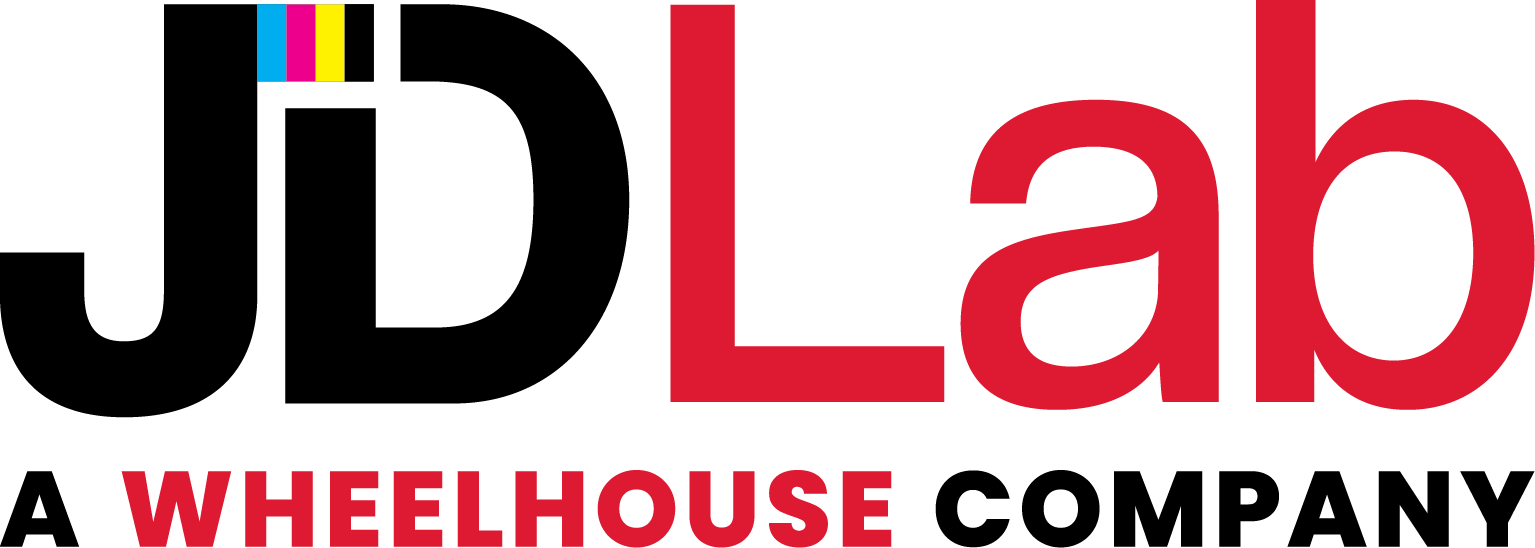Getting Started with JD Studio-Corrected Econo Printing
If you want to take advantage of Econo printing prices, it is important to send JD Photo Imaging a test job before you start to send paid work to the lab. Test jobs are a low-cost way to insure that you won’t be disappointed with your first Econo print order.
To make a good first test image, follow the steps below. These steps assume you are shooting in a studio setting; once you are confident of the prints you get back from the lab, you can move this process outside the studio.
- Creating a clean workflow - Make sure your input color space matches your output end to end. For example, your camera(s), Lightroom, Photoshop, and your monitor and any studio printer's colorspace should all match. JDLab uses the sRGB colorspace, which we recommend.
- Use a monitor calibration tool - this step is critical for soft proofing. Popular models are made by Colorvision, Gretag-Macbeth, X-Rite, or LaCie. Typical initial settings are 6500K @ 2.2 gamma.
- Send us an order for 5 different images using the JDLab2You "Calibration Prints" product (under Prints Products) that are a good representation of your work to the lab. We will print them as 8x10" prints both with and without color and density correction.
- When you receive the prints back from the lab, the non-corrected prints should match the images on your monitor. If they do not, adjust your monitor to match the sample prints, and send a new test order. Repeat this process until you are confident your soft proofing system is "dialed in" for you.
- When you send your first paid order, check the Studio-Controlled Color - print files "as is" option. A discount will be applied to your final lab bill.
- Viewing conditions can greatly affect the appearance of the print vs. the monitor. You should "soft proof" in a dimly lit room with no direct sunlight. Eliminate as much glare as possible. Give your eyes a few minutes to adjust to the room lighting before comparing images. Note that on flat screen monitors the viewing angle is critical, so always view images from the same angle.
